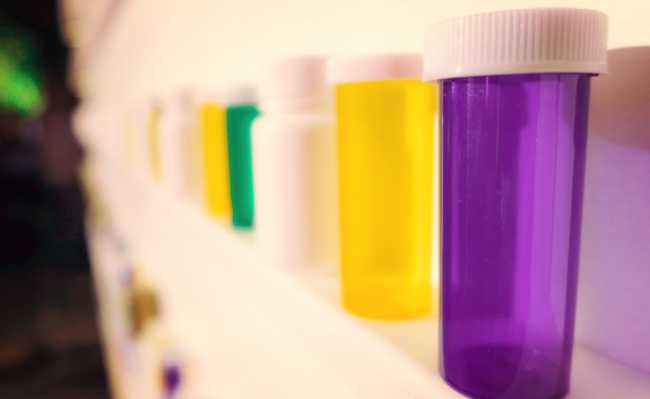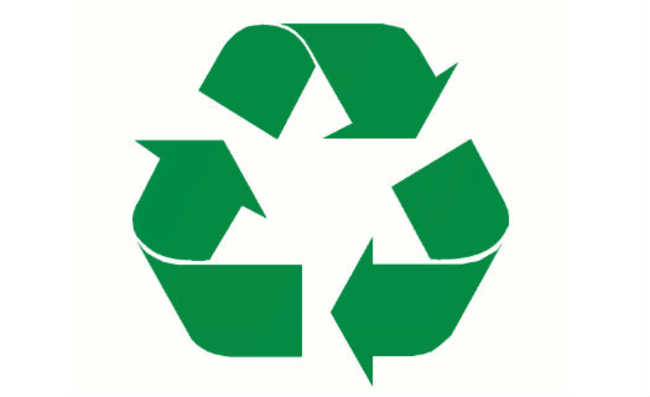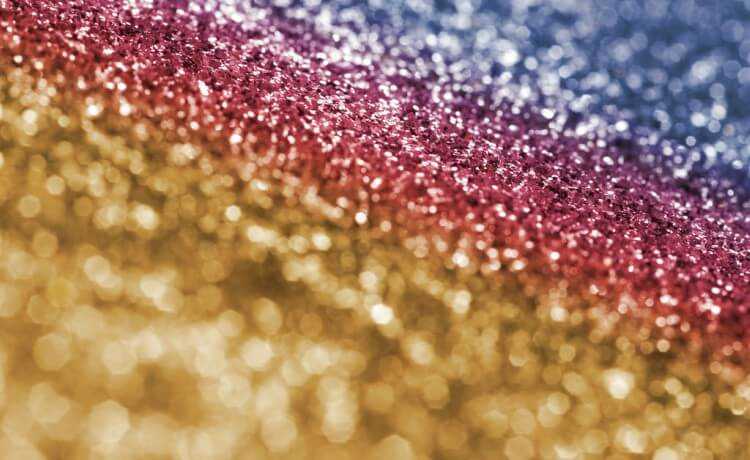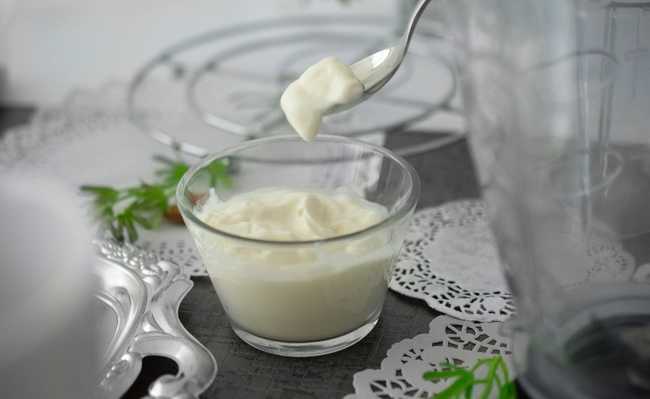Healthy and sustainable shaving
Discover problems associated with shaving products and see sustainable alternatives

The act of shaving is one of the most important routines for many men. However, it is an aggressive process to the skin, especially if performed improperly or with poor quality products.
It is a ritual that dates back a long time, but the methods used today are completely different. Nowadays, there are several shaving products, such as foam or shaving cream and aftershave lotions, which help the slides slide or ease their impact on the skin, but these products can also cause allergies or burns ( in addition to the environmental impact).
Also, the razor itself has changed a lot since our grandparents' time. The metal shaver, very common in the past, has been replaced by its disposable version, made of a mixture of plastic and metal and which increases allergies and skin irritations. Another common option nowadays is the shaver, which lasts longer than the disposable razor, but uses a large amount of raw materials in its production and brings problems such as correct disposal after the end of its life cycle.
There are alternatives for a healthy and sustainable shave and the first one is to go back to the good old metal shaver, which can last a lifetime, is 100% recyclable and ends up being economically more advantageous in the long run. It is also possible to make your own shaving cream or aftershave lotion at home. For those who do not have time to make homemade cosmetics, one option is to buy natural products that do not contain harmful chemical substances in their formulations. Know the main problems of conventional shaving products:
Shaving cream and foam composition
More generically classified, shaving formulations are foaming chemicals based on use by spreading on the face or area to be shaved. They are usually composed of oils that can be of vegetable or mineral origin, and other lubricants, such as synthetic esters and emollients, which only lubricate the cut. They can be in the form of a cream, foam or gel. The main objectives of these types of products are:
- Soften the beard, making it easier to slide the blade;
- Lubricate the cut, allowing for a smoother slide of the blade;
- Moisten the skin, leaving it smooth and looking good;
- Open the pores.
As you can see, all these goals are full of good intentions, but it doesn't work that well. In addition to irritation and other more serious problems that shaving cream can cause, its form of production and packaging made available to the consumer generate a great environmental impact, especially in the case of aerosols (foams).
Problems
To better see the problems related to shaving cream, we need to understand and have a vision of the cosmetic industrial process as a whole. It can be basically divided into three steps: consumption of resources, processing and generation of products and by-products - each of these steps has major consequences for the environment.
Among the inputs used in the industry, it is possible to point out water as the main raw material used in the sector. In addition to its use in the production of cosmetics, it also participates in processes such as cleaning and sanitizing equipment and pipes, in cooling systems and steam generation.
In addition to water, there are several types of materials used. There are surfactants, alcohols, oils, plant extracts, dyes, pigments, preservatives and organic solvents.
It is also possible to identify waste production and energy consumption at all stages of production. During the product filling process, for example, residues from packaging residues are generated, as well as residues and effluents originating during equipment cleaning.
Among the products and by-products generated during production, there are finished products and their leftovers, such as bar soap extrusion shavings, for example. Waste generated in the cosmetic industry can be divided into three categories: solid, gaseous and liquid waste.
The largest solid components generated by the sector are packaging waste. The wide variety of jars, pots, cardboard boxes, drums and cans used for packaging products and raw materials can cause serious environmental damage due to the potential contamination of soils and aquifers they present. Ever wonder where that aerosol bottle of shaving foam you threw away was going to go?
Among gaseous residues, odoriferous substances and volatile organic solvents, such as toluene and alcohols, are the compounds most commonly generated by the cosmetic industry.
Liquid waste is basically related to industry cleaning processes. In the composition of these effluents are oils, phosphates and polyphosphates, ammoniacal waste and surfactants, which are generally called emulsifiers, as they allow achieving or maintaining the emulsion, and can be found in detergents, cleaning chemicals in general and also in the composition most conventional shaving creams and foams.
Aerosols: what are they?
They are particles of a liquid, or a solid, suspended in a gas, very common in deodorants and also in shaving foam. Its packaging system consists of a closed container that contains a product pressurized by a propellant (gas), which is dispensed to the outside in the form of a jet by means of a valve + actuator assembly. The gas allows foam expansion, increasing yield and facilitating product application. There are many products that use this type of packaging, such as personal hygiene items, food items, among others. The gases commonly contained in aerosols have some serious problems:
CFC (from ChloroFluoroCarbon, Dichloro and Trichlorofluoroethane; marketed under the trademarks FREON and FRIGEN)
- 1974: Rowland-Molina theory that chlorinated radicals attack and destroy the ozone layer that protects the planet from UV radiation.
- 1985: British measurement at the South Pole determines the size of the “hole” in the ozone layer.
- 1987: Montreal Protocol (international) determines the gradual suspension of the production of CFCs and their replacement. It also determines the total discontinuation of the production of compounds that can damage the ozone layer by 2030.
- 1995: CONAMA Resolution (Brazil) - Prohibited the use of CFC in aerosol, in the national territory.
VOC (from English Volatile Organic Compounds)
These are called Volatile Organic Compounds. It is one of the most toxic substances present in various types of synthetic or natural materials in our daily lives. They are characterized by having high vapor pressure, which causes them to turn into gas when they come into contact with the atmosphere through a process known as photoreaction.
There is a tendency for regulation to reduce the presence of organic solvents (including butane/propane) in aerosol formulations, with a substantial increase in the use of water and alternative propellants miscible under these conditions.
PROCs (from English Photochemically Reactive Organic Compounds)
These are photochemically reactive organic compounds; generating “pocp: photochemical ozone creation potential”. There is concern that they can cause an increase in the concentration of ozone in the troposphere and increase photochemical “smog”, a type of pollution that is triggered by sunlight and that generates ozone as a product, impacting above all on global warming.
Surfactants Problems
On the other hand, surfactants or surfactants, found in cleaning products used by the cosmetics industry and also in shaving products, are molecules that have both a non-polar portion and a polar portion and that cause great ecological damage, especially in aquatic environments, as they are Resistant to biodegradation. Common in detergents and other degreasing products, these substances have a lipophilic (non-polar) portion, which is capable of interacting with the bacterial membrane, causing a bactericidal effect, which impairs important biological processes associated with the balance of the aquatic ecosystem. The surfactant also promotes changes in mitochondrial structure and oxidative phosphorylation, inhibiting DNA synthesis and modifying membrane permeability to potassium.
Due to its cleaning properties, the production of surfactants, as well as their residential and industrial use, has been increasing significantly. Most of the surfactants used today are of synthetic origin, derived from petroleum and, after use, these surfactants are, most of the time, discarded on the surface of the water. Thus, when you use shaving products such as conventional creams and foams, when you apply water to the blade, you send the surfactants present there to the environment - and the accumulation of this raw material in the environment seriously affects the ecosystem, even causing toxicity to mammals and bacteria.
Foam problem
In addition to the foam you create for shaving, there is also the problem of foam that forms in rivers due to the presence of surfactants. Through it, toxic pollutants, impurities and viruses are spread by the wind over great distances. In addition, an insulating film forms on the water surface, reducing gas exchange with the atmosphere and worsening water quality.
sustainable alternative
Given the gravity of all these problems, the search for alternative processes and products is extremely important. An alternative to shaving cream or foam is to use vegetable oils, such as grape seed or eucalyptus, among other options. When used during the sauna or under the water vapor in the shower, its effect is enhanced, since with the opening of the pores caused by the heat, the oil is able to penetrate the skin and nourish it with its vitamins and other beneficial components .
They have the advantage of providing a true beauty treatment, as well as great results when used as a pre-shave. But it is necessary to be aware if its process of obtaining it is through cold pressing and free of parabens. Know where to buy vegetable oils obtained by this most natural method.
You can also make your own shaving cream and even a natural, homemade aftershave. Check out the complete recipes in the articles: "Shaving cream: care when choosing or how to do it" and "How to make natural aftershave lotion". For the rush of everyday life, another option is to buy shaving products made with natural ingredients (ie, free of harmful chemicals or pollutants).
During the act of shaving properly, the tip is to use a metal razor - like the ones your grandparents used and that lasts a lifetime (or could, if it is well taken care of). The modern versions available on the market have the base of the device made 100% in stainless steel and the blade is made of metal. The blade needs to be changed periodically, but as it is only made of metal, it can be recycled, unlike the most common razors today, which are made from a mixture of plastic and metal, they last little, consume a lot of resources in production and are difficult to recycle. Not to mention allergies - metal shaving products are more hygienic and also sharper, requiring less strength when shaving.
This way, you can maintain your daily skin care routine during the shaving process in a sustainable way and less aggressive to your own body and the environment.
Discover natural shaving products available at eCycle store .










